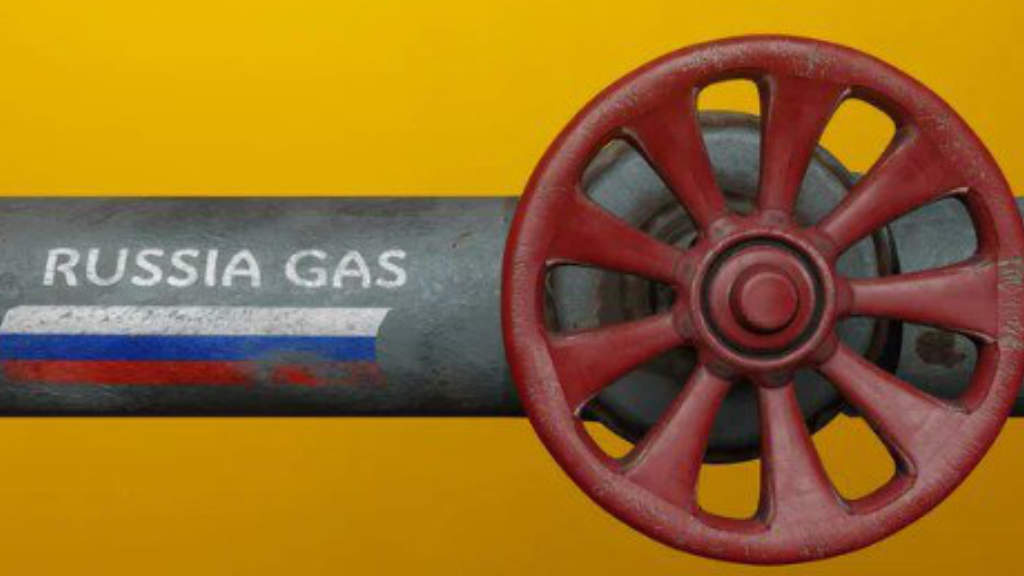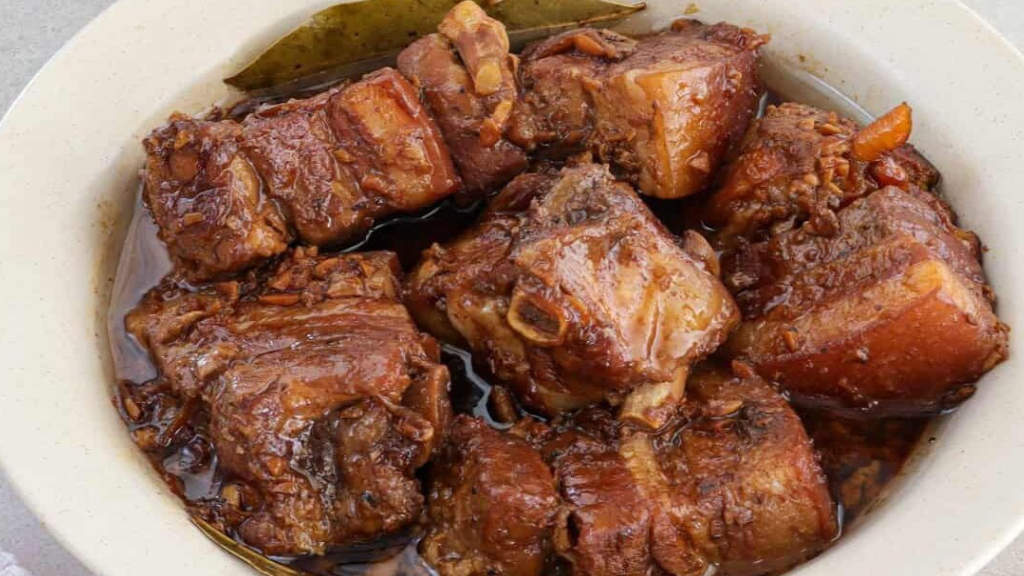
Part Two – Sanctions, Tariffs, Security, Technology and Bilateral Trade
Sanctions
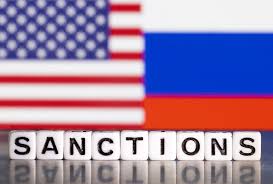
During Trump’s first Presidency (2017-2021) as Russian President Putin has wryly noted, Trump placed Russia under more sanctions than any previous President had. Although that record has now been overtaken by the now-outgoing President Joe Biden, Trump is fully aware of the benefits of using sanctions to gain a trade advantage and will likely not hesitate to do so again. He also has a very strong negotiating hand to use when negotiating with Putin. To reduce sanctions on Russia, Trump will want something in return. We suspect that in contrast to Trump’s previous time in office, where he appeared more deferential towards Putin, this time around he will be more bullish. That said, he is more than capable of ordering a review of US sanctions upon Russia, and it may well make sense to do this, especially if a settlement can be reached with Putin as concerns Ukraine. If a deal is done, some sanctions currently in place may subsequently be regarded as obsolete and obstructive. But generally, we do not see Trump as being willing to give up what he sees as a strong hand against Russia without getting something significant in return. That could be linked to a nuclear arms deal, for example, with Trump less hawkish than Biden when it comes to threats to use weapons of mass destruction or bigging up perceived threats from Moscow. Verdict: Not much change.
Tariffs
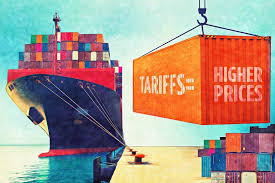
There are two sides to the tariffs issue: firstly, US-Russia bilateral trade is minimal anyway, at about US$4 billion for 2024, of which about 80% are Russian imports, effectively reduced to products that the United States cherry-picks. In addition to this, sanctions have replaced tariffs as a punitive trade weapon without the need to refer to the WTO, which has been effectively rendered obsolete. Their deployment then as a weapon against Russian imports is unlikely, there is no need. But where they could be imposed is on a collective group, such as the BRICS. That is a more serious matter and an issue we will discuss in Part 3 of this series.
Nuclear Weapons Security
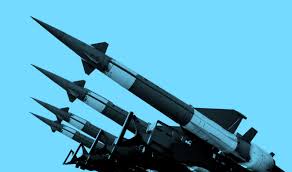
Trump is highly aware of the dangers of nuclear weapons and will want to walk down from the more belligerent stance of his predecessor. The United States and Russia have not yet renewed their new START treaty for implementing a reduction of strategic offensive arms, and Trump is likely to see this as a negotiating tool to extract concessions from Putin. Both sides will want to accomplish something here and for both, it is also a domestic political win. It will be interesting to see what is traded between them for the ability to reach a new nuclear weapons limitations agreement.
Technology

For this, read global financial systems. Trump has already said that he will become ‘The Bitcoin President’ implying that he wants to liberalise the cryptocurrency market and unleash the US dollar in digital format. The United States, whose dominant position of the US dollar in global markets, is actually quite some way behind Russia and China in the introduction of its Digital Currency. A smooth roll-out is imperative, yet hindered by the fact that many countries using the Dollar are not yet sufficiently advanced to be able to reliably use a digital version. The United States’ embracing of a technology that already exists is therefore hampered by having to move at the pace of the slowest participant. China and Russia especially, are keen to introduce their respective digital currencies to assist with boosting bilateral trade and moving around Russia’s suspension from the SWIFT financial settlements system. Russia has instructed its banks to offer digital Ruble services to their clients by the 1st of July next year.
Here, Trump’s currency digitisation plans and those of Russia and China appear aligned. But there is a problem. Trump is also strongly anti-de-dollarisation and has already threatened to impose sanctions on any country that tries to bypass US dollar use in international trade. That extends to alternative financial messaging systems, such as the proposed BRICS Pay and the mBridge service, which the Bank of International Settlements last week refused to service. It is hard to say how Trump might enact his threats, which would have to be aimed more at China than Russia, as the latter is already up to its neck in punitive financial actions against it. How to target China and show displeasure without simultaneously damaging the US economy?
Solving this conundrum and ushering in a new global system of financial settlements – or not – will be a key feature of Trump’s Presidency, and especially its impact upon non-US dollar trade, the increasing volumes of which Trump wishes to reverse.
Bilateral Trade
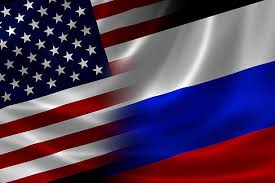
The current level of bilateral trade is about US$4 billion, with about 80% of this Russian exports. This is very small beer for both countries – Russia trades more with Serbia than it does the United States. There is no real need to change this status quo, both economies are essentially divorced from each other with both finding alternative supply chains elsewhere, either domestically or globally. Neither possesses any critical raw materials that the other cannot obtain. Much is made of superior US technologies, however, while certain components such as microprocessors and AI may be more advanced in the United States, Russia remains within touching distance. It is also arguable given the Ukraine conflict that certain Russian precision technologies are superior to those of the United States military. Both sides will probably prefer to maintain the current status quo until a future series of events brings the two sides closer together when mutual needs overcome trade antipathy.
Part Three of “What A Trump Presidency Will Mean For Russia” will cover the impact on US-BRICS relations. To make sure you can access it and obtain the full US-Russia picture, take a complimentary subscription and sign up for our weekly round-up here. or follow us on X (Twitter) here.
Further Reading
What Will Happen With Russia If Donald Trump Is Elected As US President?


